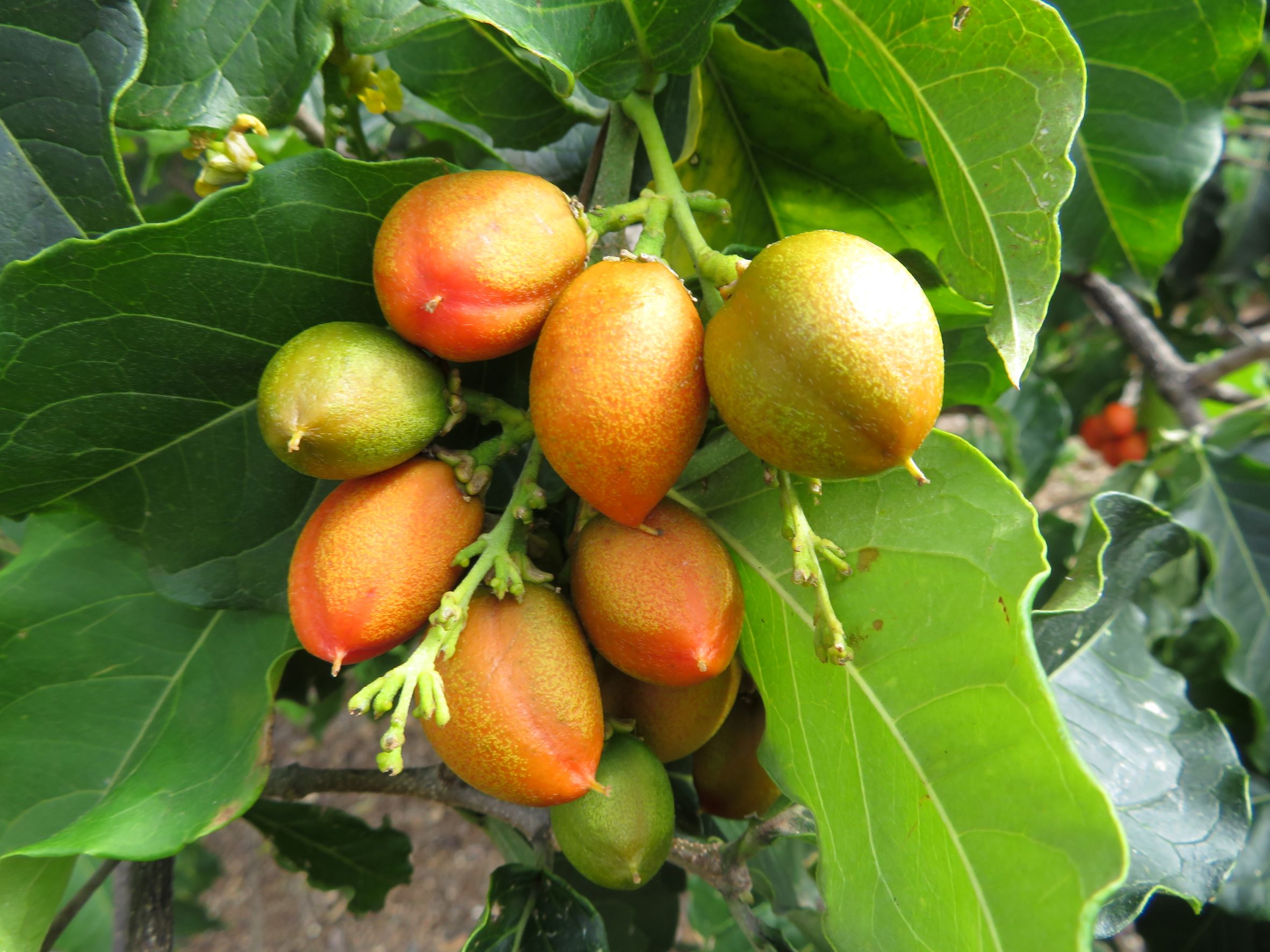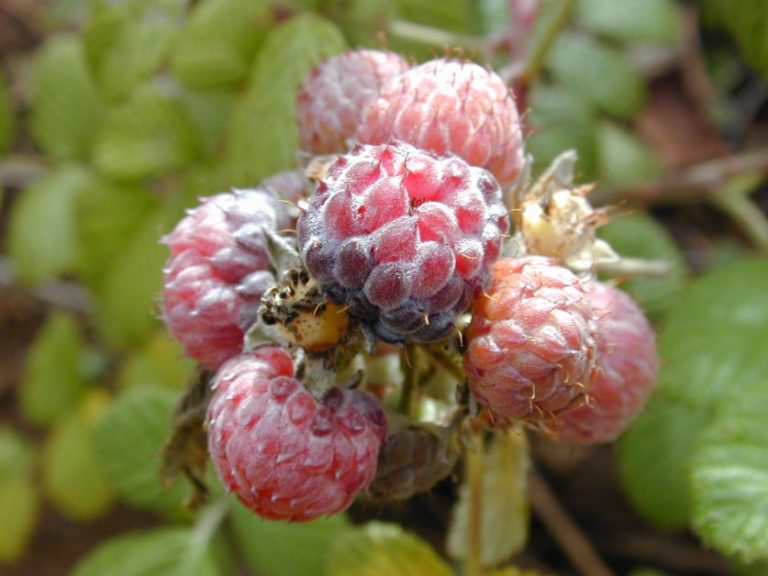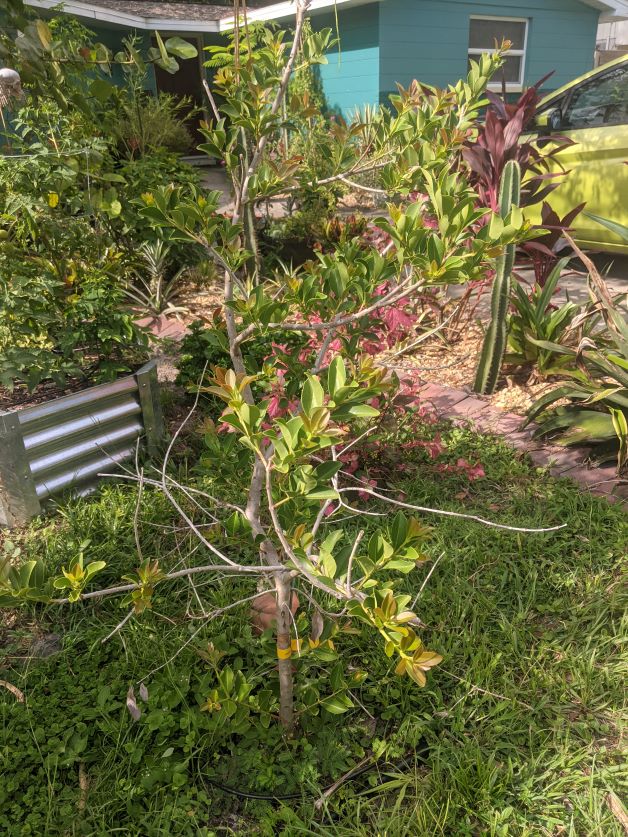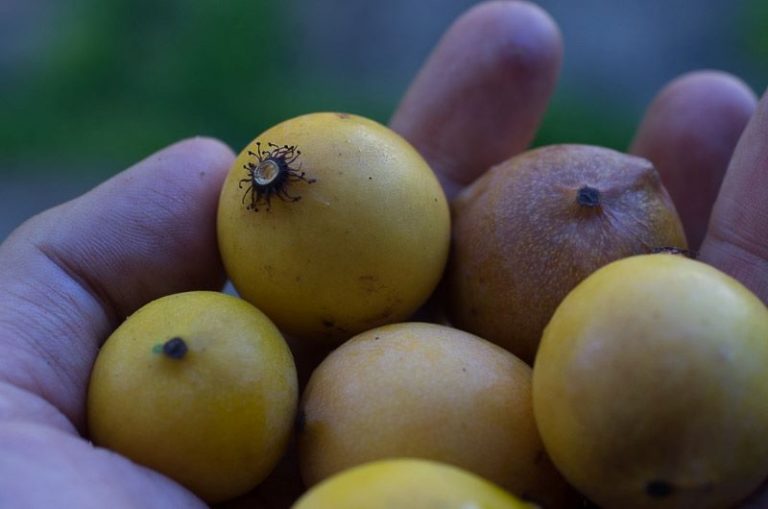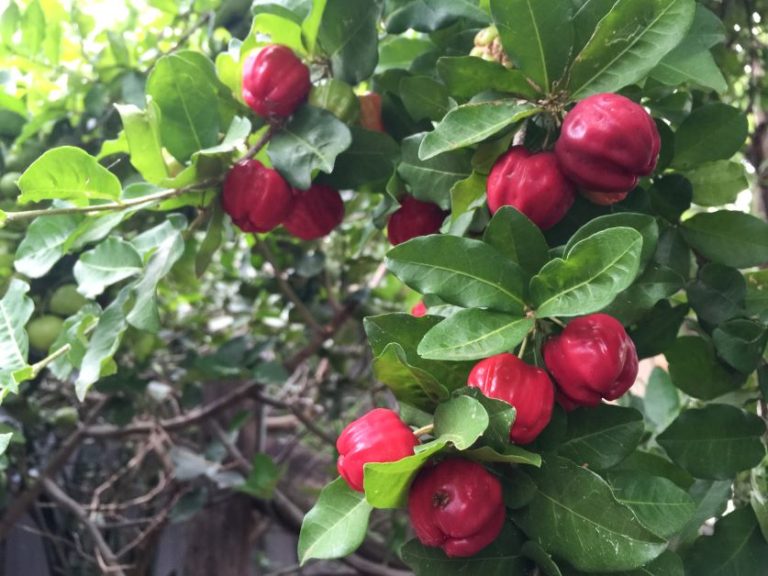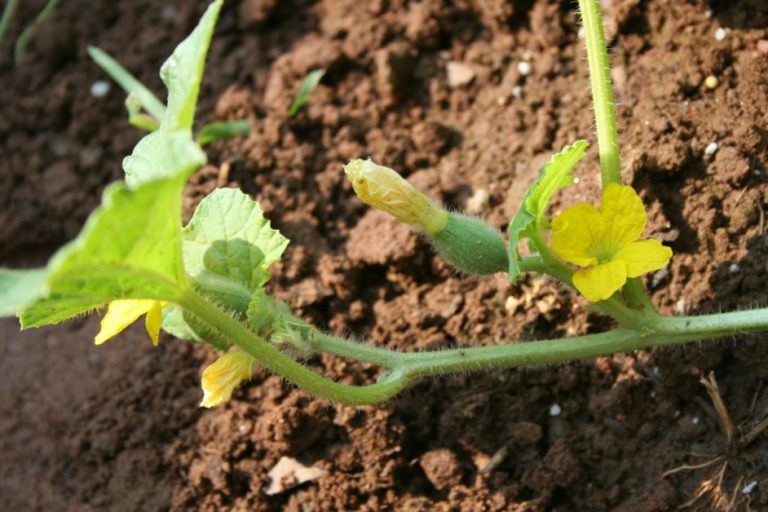How to Grow a Peanut Butter Fruit Tree in Florida
There are ups and down to Florida gardening. Fungal diseases, heavy pest pressure, and unpredictable storms are always working against us. We do have something that a lot of other gardeners don’t have though: the ability to grow rare fruit like the peanut butter tree.
What is a Peanut Butter Fruit Tree?
The peanut butter fruit tree (Bunchosia argentea) is a perennial evergreen related to the Barbados cherry. Although it grows well in Central and South Florida, it’s not a Florida native fruit. Instead, peanut butter trees come from South America. It can be grown as a tree or a shrub and it averages between 3 and 15 feet tall and up to 15 feet wide.
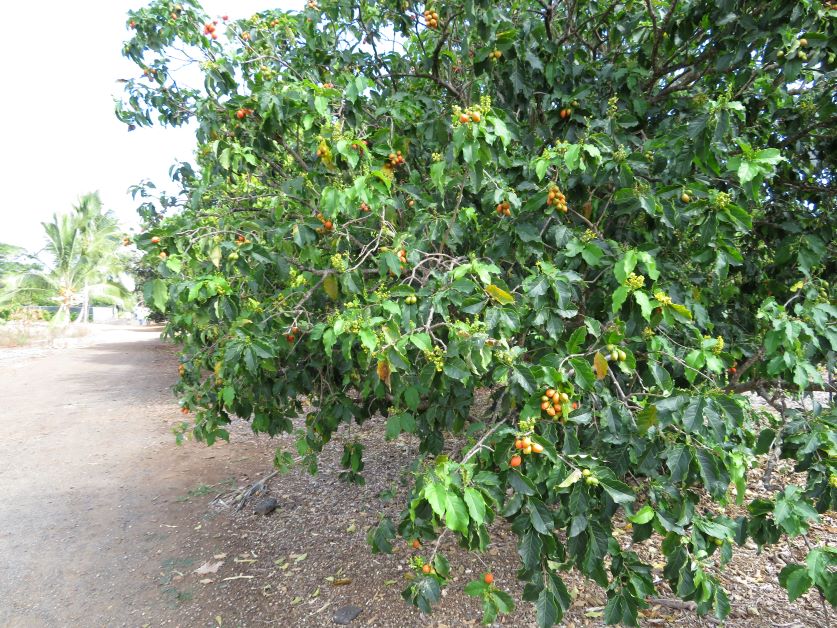
From spring to summer, the peanut butter tree produces small yellow flowers. Fruiting season is from summer to fall. This species is self-pollinating, so you only need 1 peanut butter tree to produce fruit. Compared to other fruit trees, the peanut butter tree is fast-growing – you should be able to have your first harvest in 2 to 4 years.
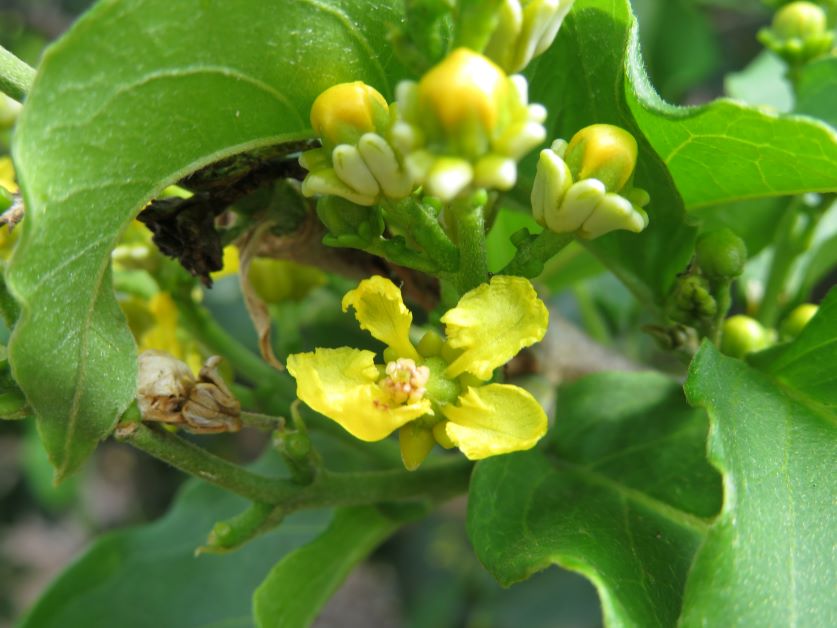
You probably guessed that the peanut butter fruit tree got its name from the way it tastes. Most people say that peanut butter fruit tastes very close to peanut butter, but not exactly. It’s like a cross between peanut butter and a berry, a perfect combination (peanut butter and jelly, anyone?). It also has a creamy texture, sort of like peanut butter but more like a fig. The seeds are edible, too.
Peanut butter fruit is fragile and quick to overripen, so you won’t find it in grocery stores. Most people in the US only get the chance to taste it if they travel to tropical destinations overseas.
How to Grow a Peanut Butter Fruit Tree
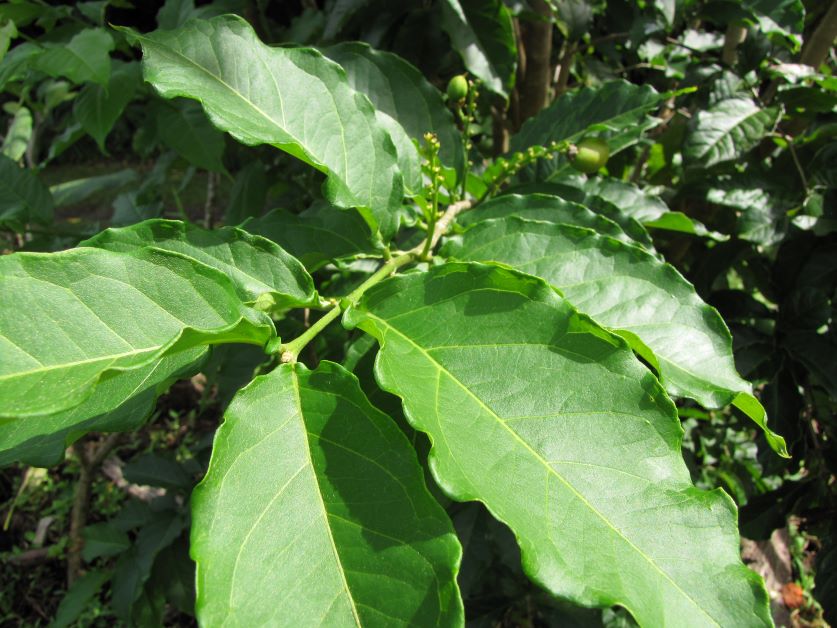
You can grow peanut butter fruit trees from either seeds or cuttings. Grafting isn’t necessary with this species.
How to Grow a Peanut Butter Fruit Tree from Seed
- Remove any pulp from the peanut butter fruit seed.
- Fill starter trays with potting soil.
- Plant one seed per cell about ½ inch deep and water them in.
- Keep the soil moist but not soggy and keep your tray in a warm, sunny location but also give them some protection from harsh afternoon rays.
- Seeds should germinate in 2-4 weeks.
- Wait until your seedlings are 4-6 inches long and have a few true leaves before transplanting into a 1-inch pot.
- Slowly introduce your seedlings to stronger sunlight and transplant them into gradually larger pots as they outgrow their container.
- When your plant is hardy and a few feet tall, you can plant it in the ground.
- After planting your tree in the ground, surround it with mulch to help retain soil moisture. Water your tree after planting and keep the soil moist but not soggy.
How to Plant Peanut Butter Tree from Cuttings
- Using a clean, sharp knife, cut a young, green branch from a mature peanut butter tree, where it meets the main trunk.
- Cut the end of the branch at a 45-degree angle and dip it in organic rooting hormone.
- Plant the cutting in a 1-gallon container filled with well-draining potting mix.
- Water your cutting in and keep it moist but not soggy. Make sure it gets plenty of sunlight but give it some shade during the hottest parts of the day.
- Your cutting should be established in 4 to 6 months. At that time, you can plant it in the ground.
Peanut Butter Fruit Tree Care
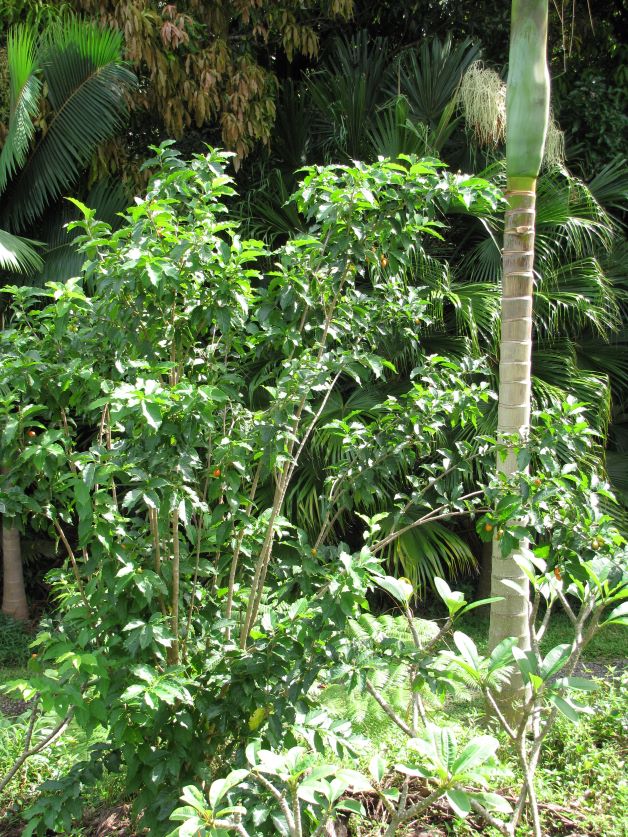
Temperature
Technically, the peanut butter tree growing zone is 10+, but you can grow them in 9B as long as you protect them from frost (especially younger trees). While not ideal, a mature tree can handle occasional temperatures as low as 28F.
Light
Peanut butter trees do best in a spot that has full sun in the morning and dappled shade in the hot afternoon sun.
Water
Young peanut butter fruit trees need more water than older ones. Once established, this species is fairly drought tolerant.
Soil
Peanut butter fruit trees need sandy, well-draining soil that is slightly acidic to neutral. For best results, mix in some oak leaf compost or other organic matter.
Fertilizer
Feed your peanut butter tree organic slow-release organic fruit tree fertilizer three times a year. The best times for feeding are at the end of winter, mid-spring when it starts producing flowers, and once mid-summer.
Pruning
Peanut butter trees can get unruly, so you may want to prune them once a year. If you let your tree get too tall, you’ll have a hard time harvesting your fruit before it gets overripe.
The best time to prune is at the start of winter, after the fruiting season. Use pruning shears to clip off excess branches to help your tree maintain its shape. Depending on how you prune it, peanut butter trees can grow as a tree or a shrub. It’s personal preference whether you want your plant to grow wide or tall.
When to Harvest Peanut Butter Fruit
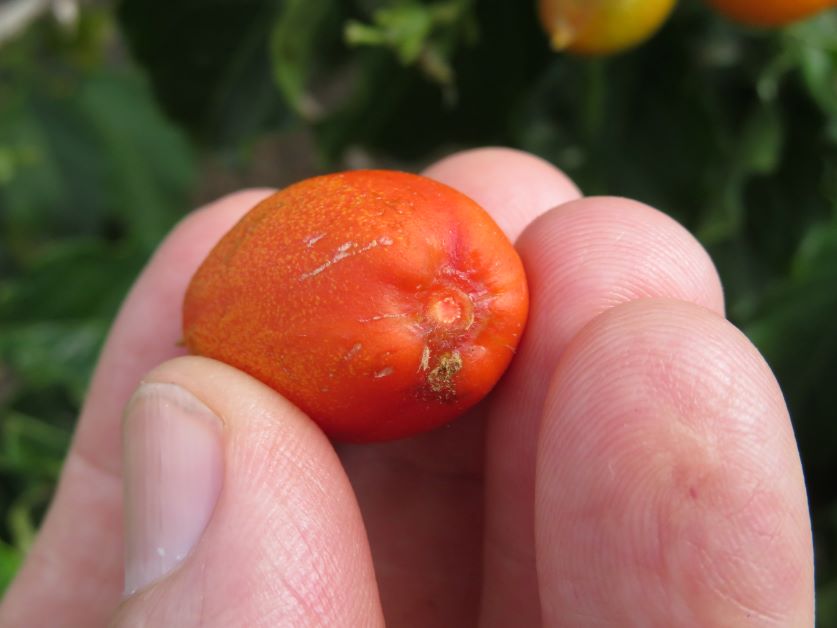
There’s a sweet spot when it comes to harvesting peanut butter fruit. If you harvest them too early, they’ll be firm and bland. If you wait too long, they’ll get mushy or eaten by birds and insects.
Peanut butter fruits grow to be about an inch in diameter – they’re bigger than a grape or olive but smaller than a plum. As they mature, the fruit goes from green to yellow to orange to red. The best time to pick them is when they’re dark orange to red. They should be smooth and soft like a fig but not mushy.
Ripe peanut butter fruit doesn’t store well. If you let them go too long, they’ll ferment and rot. If you pick your peanut butter fruit early, you can let it ripen on the counter for a few days but it probably won’t taste as good as those that ripened on the tree.
Can You Grow a Peanut Butter Fruit Tree in a Container?
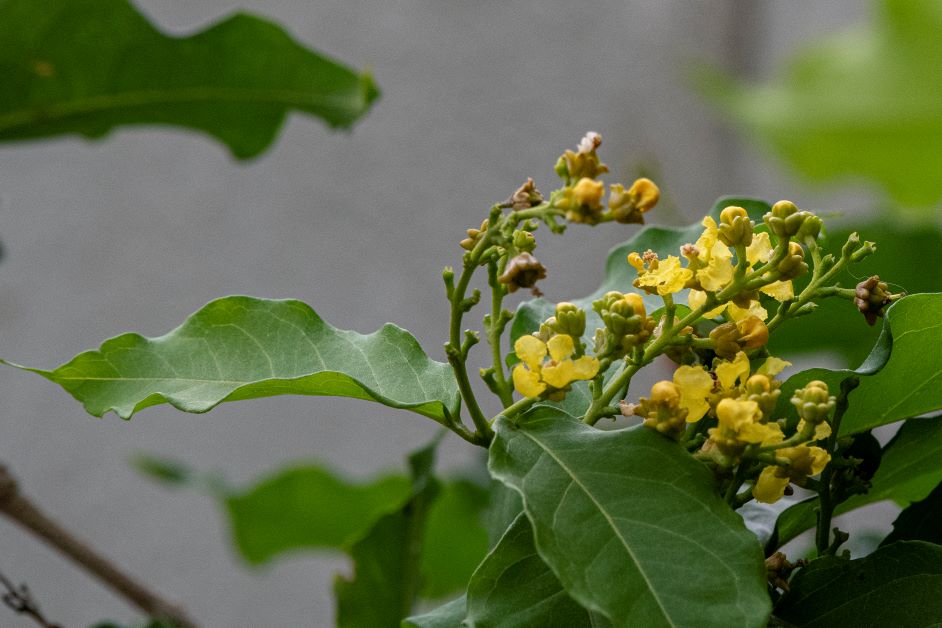
You can grow peanut butter fruit in a container but if your climate allows, your plant will do better in the ground. Container-grown peanut butter fruit trees tend to struggle – they don’t get as big or produce as much fruit.
Some gardeners have no choice other than to grow their peanut butter fruit trees in containers, including those in North Florida. If you live above zone 9B, you’ll have to bring your tree inside when the weather gets cold.
You can use a 5-gallon container to grow a peanut butter tree, but bigger is better. If space allows, go for a 10 or even a 15-gallon container instead. Remember though – the bigger your container, the heavier it’ll be. You might want to invest in a plant caddy so you don’t hurt yourself when it’s time to move it inside.
It’s also important to be sure that your container has good drainage. It’s easier to overwater a container-grown peanut butter fruit tree than it is one that’s grown in the ground. Always use well-draining, sandy soil inside your container and make sure your drainage holes are open before planting your tree.
Peanut Butter Tree Troubleshooting
Ants and Aphids
Ants are attracted to the sweet, ripe peanut butter fruit…and wherever there are ants, there are aphids. Check out my ant and aphid guides for more information on organic pest control if you find these pests to be a problem.
Animals
Birds, squirrels, and raccoons love peanut butter fruit. You can use bird netting to help keep your fruit safe as it ripens.
Fungal Disease
Tropical plants need high heat and humidity to thrive. Another thing that thrives in high heat and humidity is fungal disease. Always water your peanut butter tree at the base of the trunk instead of on the leaves. Using a water wand or drip irrigation can help.
Featured Image Photo Credit: Forest and Kim Starr

